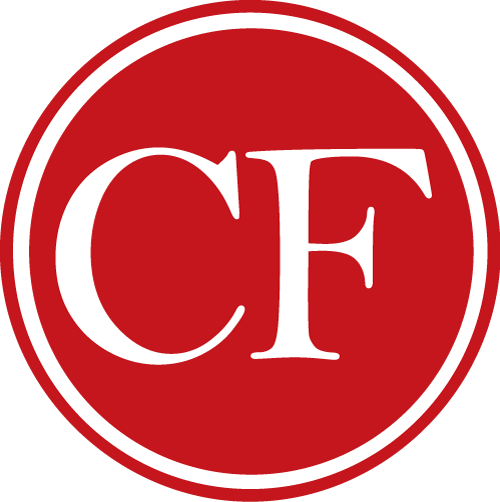In this case, the Appellate Division provided that the patron’s use of the passageway at issue arose out of the restaurant’s use of the leased premises. In order to protect the interests of all parties, their identities will not be disclosed. In its holding, the Appellate Division affirmed the trial court’s finding that Company A’s insured, a landlord and owner of commercial property, was entitled to coverage as an “additional insured” under Company B’s policy, entitling Company A to a judgment comprised of its settlement payment and attorney’s fees and costs.
The controversy arose from a trip and fall accident by a patron of a restaurant insured by Company B. The restaurant leased the space from Company A’s insured. On the date of loss, after having dinner at the restaurant, a patron stepped into a hole depression in the passageway leading from the restaurant to its nearby parking lot. The patron subsequently instituted a personal injury action. Company A and Company B each paid the patron in settlement of the personal injury action. Company A then filed a declaratory judgment action seeking reimbursement of its portion of the settlement and for its attorney’s fees and costs from Company B. The Lease Agreement entered into between the restaurant and the landlord provided that the restaurant was required to “obtain, pay for, and keep in effect for the benefit of the landlord and the tenant public liability insurance on the [r]ental [s]pace.” Further, an Addendum to the Lease Agreement provided that the tenant “shall defend, indemnify and hold [l]andlord harmless, to the fullest extent permitted by law, for any actual or threatended occurrence arising out of the [t]enant’s operations, maintenance or use of that part of the premises leased to Tenant.” In order to satisfy those provisions, the restaurant procured insurance from Company B that named the landlord as an additional insured.
In affirming the trial court, the Appellate Division reasoned that additional insured coverage for a landlord is not contingent upon a finding of the tenant’s liability. Rather, there need be shown only a substantial nexus between the occurrence and the use of the leased premises in order for the coverage to attach. Where the nexus is present, an insurer would expect to provide coverage to a landlord, whether or not the occurrence takes place within the leased premises. That is so because in negotiating for such an endorsement in a lease, the landlord is attempting to insure against the risk of liability generated by the business about to be conducted by the tenant, and place the cost of insuring that risk on the tenant.
In this case, the Appellate Division provided that the use of walking through the passageway at issue was a use arising out of the use of the leased premises. As a result, because the patron’s trip and fall arose out of the operation of the leased premises, the occurrence fell under the language of the additional insured endorsement of Company B’s policy, whether or not the tripping hazard was located physically on the leased property. As a result of the foregoing, the Appellate Division found that Company A’s insured was an additional insured under Company B’s policy, and that Company A was entitled to reimbursement of the portion of the settlement proceeds it paid out, and its attorney’s fees and costs.
